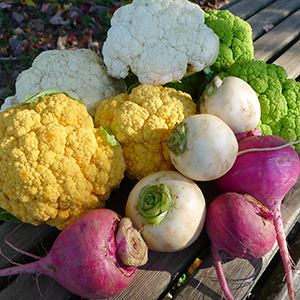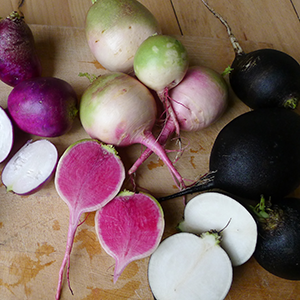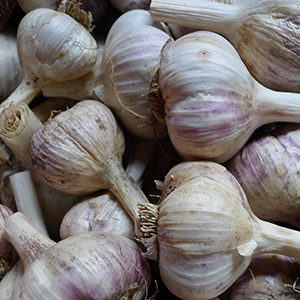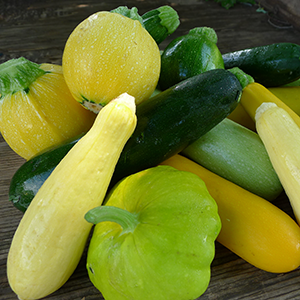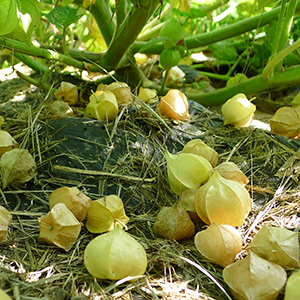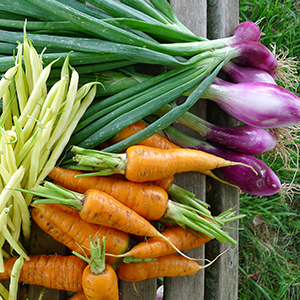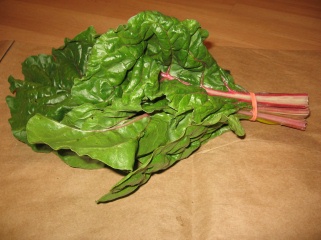Swiss chard
Swiss chard, along with kale, mustard greens and collard greens, is one of several leafy green vegetables often referred to as "greens". It is a tall leafy green vegetable with a thick, crunchy stalk that comes in white, red or yellow with wide fan-like green leaves. Chard belongs to the same family as beets and spinach and shares a similar taste profile. Both the leaves and stalk of chard are edible, although the stems vary in texture with the white ones being the most tender. The stems need to be cooked separately from the greens. Swiss Chard is a great source of iron, along with many other vitamins.
Storing / Preserving:
Wrap unwashed Swiss chard in damp paper towels. Place in a plastic bag and store in the refrigerator crisper for two to three days. If necessary, sprinkle lightly with cold water to keep it crisp. Wrap unwashed Swiss chard in damp paper towels. Place in a plastic bag and store in the refrigerator crisper for two to three days. If necessary, sprinkle lightly with cold water to keep it crisp. Wrap unwashed Swiss chard in damp paper towels. Place in a plastic bag and store in the refrigerator crisper for two to three days. If necessary, sprinkle lightly with cold water to keep it crisp. Swiss chard may be given a quick blanch (2 min), then stop cooking in an ice bath, drain and dry well and freeze for longer term storage.
Preparation / Use Suggestions:
Swiss chard has a similar taste profile as spinach and can be used as a substitute in recipes.
Do not cook chard in an aluminum pot since the oxalates contained in the chard will react with the metal and cause the pot to discolor. Since the stalks are thicker in texture, they will take longer to cook than the leaves, so their cooking should be started a few minutes earlier. Some publiscations say that Chard is one of the vegetables that they recommend quick boiling (as opposed to steaming or healthy sauté) since this helps to free the oxalic acids it contains and makes the chard less bitter and more sweet. I don't find it necessary to do this.
A Few Quick Serving Ideas:
Wrap Swiss chard leaves around your favorite vegetable and grain salad and roll into a neat little package. Bake in a medium-heat oven and enjoy this nutrient-superstar alternative to stuffed cabbage.
Toss penne pasta with olive oil, lemon juice, garlic, and cooked Swiss chard.
Add zest to omelets and fritatas by adding some steamed Swiss chard.
Use chard in place of or in addition to spinach when preparing vegetarian lasagna.
